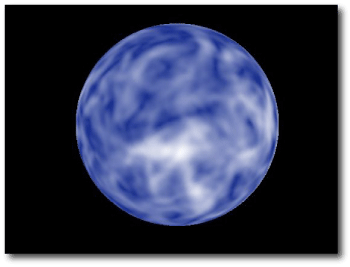
I’m completely invigorated by the Kepler Mission. This is, of course, because of the fantastic discoveries it’ll make, but also (I’ll admit) because it establishes a crystal clear and present challenge to competitively-minded planet hunters everywhere. If you want to discover the first truly potentially habitable world orbiting another star, then you’ve got, in all likelihood, 3.5 years to do it.
A coveted oklo baseball cap (from a limited edition of five) will be sent to the first person or team that detects an extrasolar planet worth one million dollars or more as defined by the terrestrial planet valuation formula set out in Thursday’s post:

For purposes of definiteness, (1) terrestrial planet densities are assumed to be 5 gm/cm^3. (2) A measurement of Msin(i) is counted as a measurement of M. (3) Teff is computed assuming that the planet is a spherical blackbody radiator. (4) The parent star needs to be on the Main Sequence. (5) If the stellar age can’t be accurately determined, then it can be assumed to be half the Main Sequence lifetime or 5Gyr, whichever is shorter.

Gliese 581 c (see here for more details).
The formula is pretty stringent, and is not kind to planets of dubious habitability. Gliese 581c, which I believe is the extrasolar planet with the highest value found to date, clocks in at $158.32. Mars, taking outsize advantage of the Sun’s V=-26.7 apparent magnitude, is worth almost 100 times as much, at $13,988.
In upcoming posts, I’ll put forth some scenarios (spanning a wide range of likelihood) that could produce high-dollar detections during the next three and a half years.

Do moons count?
I think you are undervaluing Mars by using a far too modern value for the planet’s discovery date.
(1) Moons do count.
(2) Clarification for the pricing formula: Any year prior to 2009 counts as 2009. I don’t think Mars is undervalued — I’d gladly sell it for $13,988. In fact, I think it has negative “habitability” utility in the sense that much more money will be sunk into Mars than it’s capable of returning on investment…
I’d like that hat.
http://lablemminglounge.blogspot.com/2009/03/habitable-planet-bubble.html
Lab Lemming —
Nice try. Bernie Madoff, however, has already collected the hat for Venus:
Pingback: Astrodicticum Simplex
For further clarification, is the logarithm supposed to be base e or base 10?
Pingback: Centauri Dreams » Blog Archive » How Much Is a Planet Worth?
Base 10.